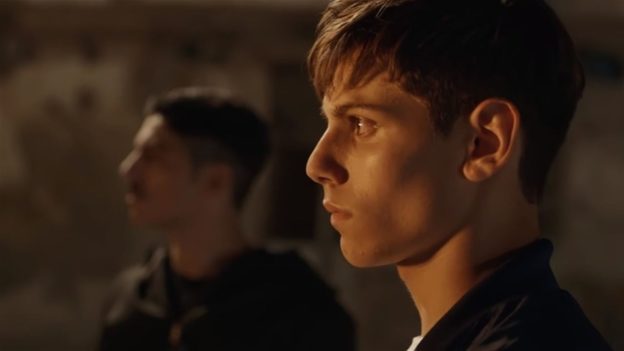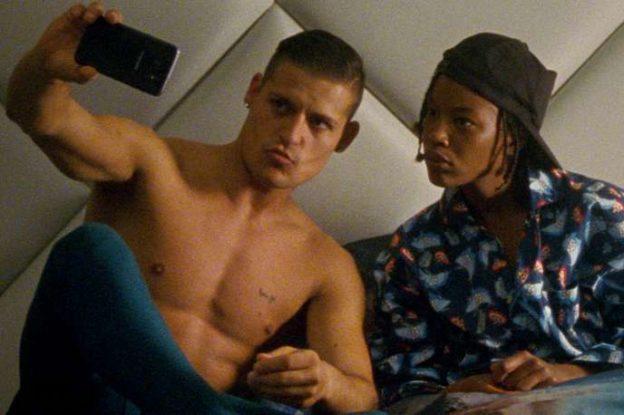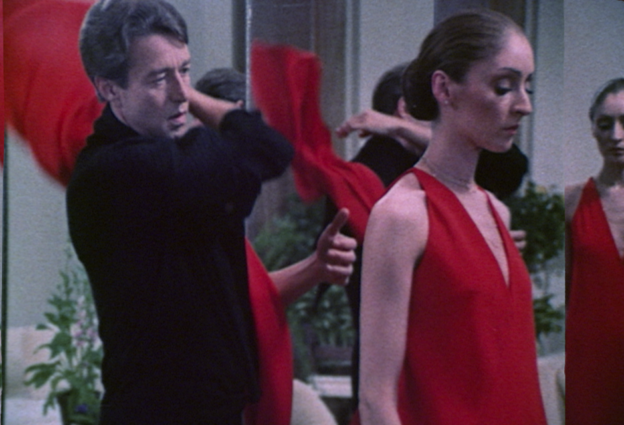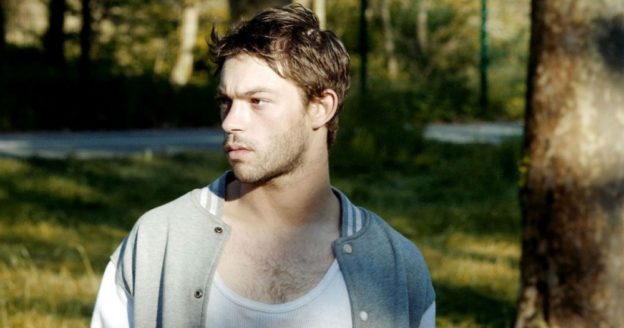
In PIRANHAS—directed by Claudio Giovanessi, and co-written by Roberto Saviano (based on his 2016 novel La paranza dei bambini)—we are back with the Neopolitan mob. Not in the Vele di Scampia housing project of Saviano’s Gomorrah, but deep in Naples’ centro storico district of Sanità, where 15-year-old Nicola (Francesco Di Napoli) watches Camorra henchmen strong-arm his mother’s dry cleaners… and a lightbulb switches on.
Resourceful, spontaneous, and embracing the flashiest live-for-today ethos of their environment, Nicola and his gang quickly join the ranks of neighborhood enforcers (“paranza”)—dispatching rivals, collecting protection money, celebrating with cocaine-and-bottle service at the club, and splashing out on new soccer uniforms for the local kids. Everyone is in over his head before he learns how to shave, but by the time Nicola senses the void opening at his feet, it’s too late.


Leading a remarkable group of young, first-time actors, Di Napoli captures this young gangster’s last days of innocence with an easy smile and complete confidence. Rather than ask them to memorize a script, the director held extensive pre-production conversations with his cast of teens—all locals. After discussing their character’s motives, actions, and the consequences of their behavior, the picture was shot in sequence. Saviano’s real life inspiration for Nicola—Emanuele Sibillo—was gunned down at the age of 19 and remains a folk hero in Italy.


Through August 15.
Nuart Theatre
11272 Santa Monica Boulevard, West Los Angeles.
Opens August 16:
673 East Colorado Boulevard, Pasadena.

Piranhas, from top: Francesco Di Napoli (right) and Pasquale Marotta; Di Napoli (top), Ar Tem (seated center), and Marotta (below Di Napoli); Viviana Aprea (walking, fifth from left); Di Napoli and Aprea; Di Napoli (right) and Marotta; Di Napoli and Aprea; Di Napoli (left) and Tem, foreground; The Piranhas book cover image © Farrar, Straus & Giroux; Di Napoli. Piranhas images courtesy and © the filmmakers, the performers, and Music Box Films.





















